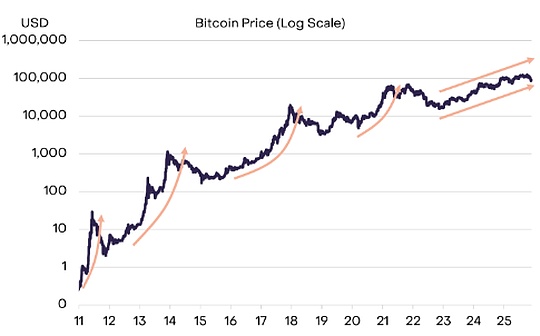
Source: Blockchain Knight
A recent Galaxy report states that although Tether and two other companies dominate the Crypto lending market,The amount of outstanding loans for decentralized applications has almost doubled by the end of 2024.
The report shows that the size of the Crypto lending market was approximately $30 billion as of December 31, excluding the mortgage debt position (CDP) stablecoins.
Excluding mortgage debt positions stablecoins can give people a clearer understanding of the Crypto asset lending market situation.The report notes that there may be overlap between the total size of the centralized finance (CeFi) loan ledger and the supply of CDP stablecoins.
The reason is that certain CeFi lenders use Crypto currency as collateral to mint CDP stablecoins and then lend them to off-chain borrowers, which can lead to repeated calculations.
If CDP stablecoins are included in the calculation, the market size will expand to US$36.5 billion.Tether, Galaxy and Ledn account for 88.6% of the CeFi lending space, with a total loan ledger of $9.9 billion.This group accounts for 27% of the total Crypto lending market, which includes CDP stablecoins.
The market size of US$36.5 billion fell 43% from the peak of US$64.4 billion in the fourth quarter of 2021.The market contraction is attributed to the collapse of multiple lenders and a general decline in borrower demand.
CeFi for institutions
CeFi lending mainly includes three major categories:Off-counter (OTC) lending, major brokerage services and on-chain private credit.
These services are for institutional borrowers, offering customized terms and collateral structures, usually performed through off-chain or hybrid mechanisms.
OTC loans are still relatively common among qualified investors due to their bilateral customization features such as adjustable loan-to-value ratios and maturity terms.
Major brokers offer guaranteed financial funds linked to a narrower range of digital assets and exchange-traded products.At the same time, on-chain private credit allows users to deploy capital through on-chain liquidity aggregation and use off-chain credit agreements.
Although centralized services provide customized credit products, its business coverage has been significantly reduced due to the high-profile bankruptcy incidents between 2022 and 2023, resulting in increased counterparty risks and decreased retail trust.
DeFi lending has grown by 959% since 2022
In the fourth quarter of 2024,Open lending amount of DeFi protocol reaches US$19.1 billion, distributed in 20 lending applications and 12 blockchain networks.
This figure is up 959% from the $1.8 billion open lending trough in the DeFi market in the fourth quarter of 2022.The report attributes the surge to the resilience of license-free platforms, cross-chain capital liquidity, and the emergence of professional lending applications.
Unlike CeFi, DeFi lending enables users to interact directly with smart contracts, borrowing and lending assets without an intermediary.
Aave, Compound and other protocols, as well as newer cross-chain services, provide real-time transparency, flexible interest rates and automatic clearing mechanisms.DeFi’s modular design enables it to adapt to user needs, asset risks and changing liquidity conditions.
This growth reflects users’ preference for minimizing trust infrastructure and the operational stability demonstrated by the DeFi protocol under volatile market conditions.
The report concluded that centralized entities like Tether are crucial in institutional lending.However,Accelerated shift to DeFi platforms reflects a broader adjustment to the capital flows and risk framework in the Crypto economy.








